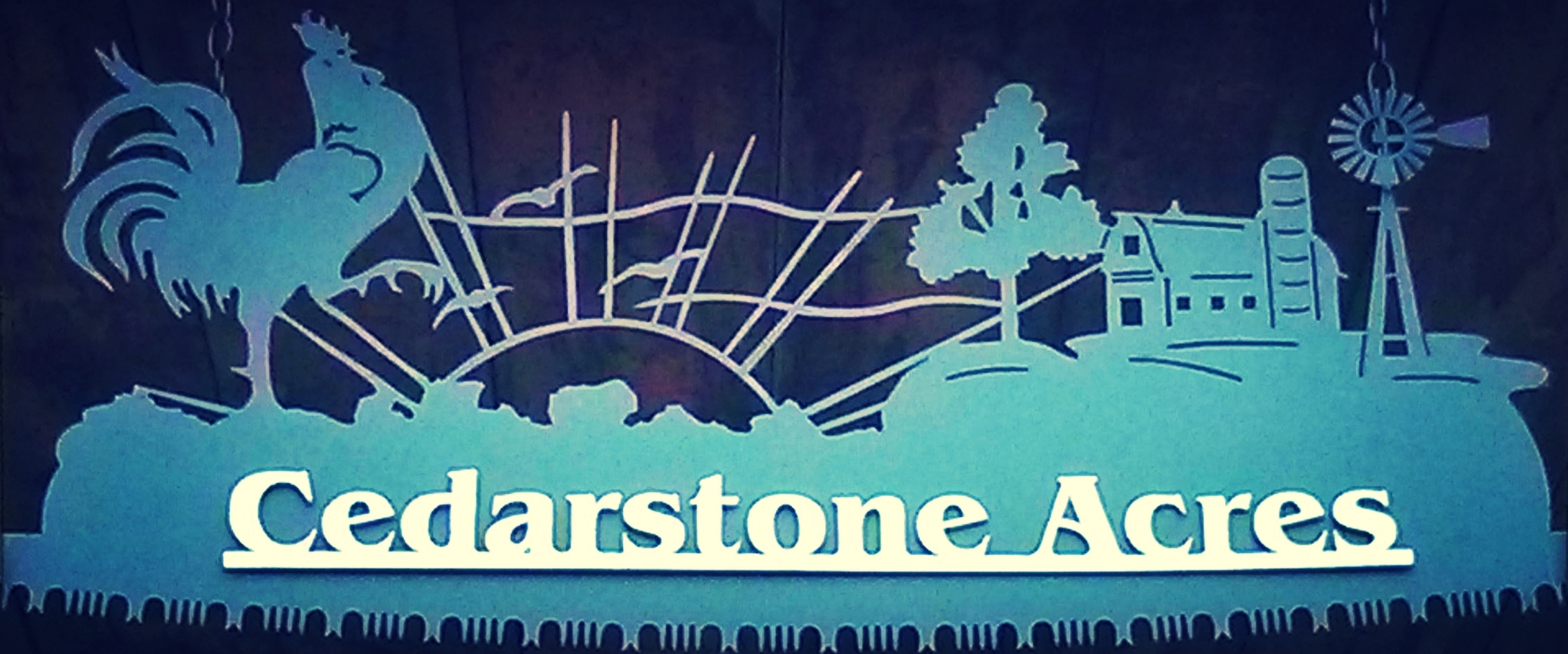HAZY DAYS OF SUMMER…NOT LAZY ON THE FARM
Haybines, discbines, square bales and round bales ... haying season is upon local farmers
Now that we have made it past spring, the crops are in, most of the babies have been born, we can relax and enjoy the lazy hazy days of summer, right?
Wrong, now we can tend the gardens, and care for the crops. Weeding is a physical chore. On some farm operations, weeding and pest control may happen by mechanical means such as cultivation by hand or with a tractor or it may mean spraying to control pests. That of course, will depend on the type of farm. In the broadest scope, I am referring to conventional vs. organic operations.
The cattle and horses are out on pasture. Fence patrols now become a part of the routine, as we have to be vigilant monitoring the state of the fencing. There is an old saying about “good fences make good neighbours.” There is a lot of truth to that adage. No one appreciates someone else’s livestock tromping across the front yard or through the gardens.
We subdivide our pastures into smaller areas and rotate the animals between the different pastures. The theory is to provide intensive grazing to an area and then the pasture gets a rest period, while the animals graze elsewhere.
One of the biggest events at this time of the year is harvesting the forage crops to sustain livestock through the winter months. We are now trying to get hay crops cut and baled. Today’s modern farmer has come a long way from a scythe and a haystack. We have tractors, haybines, (which are mowers and conditioners all wrapped in one mechanical package) rakes and balers. Bigger operations have likely upgraded to a discbine (which are disc mower conditioners).
Then comes the almost endless choice — what type of bale to produce. You can bale for high moisture or dry hay. Then you can have small or large square bales (rectangular, to be precise) or round bales with hard or soft cores (depends on your baler).
A fixed chamber baler produces a soft core while a hard-core bale is made with an expanding chamber. Soft-core supporters will tell you that the bales dry better, because air can move through the bale reducing the risk of spoilage. A hard-core bale does not allow air to move through and therefore the hay must be dry enough to bale before being packed tightly in a roll. However, there is a lot more hay packed into the hard-core bale.
Dairy farmers often do their “first cut of hay” as early as May and pack it in a silo, so they have “haylage.” When green hay is baled and wrapped in plastic, you create baleage. You have seen those giant marshmallows bales around the countryside. Haylage or baleage is known as “ensiling,” a preservation method where lush stands of grass or legume hay is cut but not allowed to dry below about 45 per cent moisture. When packed into a silo or wrapped in plastic, oxygen is no longer available and the material begins an anaerobic fermentation process. Feeding haylage or baleage is like giving your animals fresh, soft hay with lots of leaves and softness even on the stem. However, it must be eaten quickly or it will begin to spoil, once it is exposed to air.
Standing hay can be 65 – 85 per cent moisture. Hay baled into small square bales should be below 15% moisture, especially if it is to be fed to horses. Horses have much more delicate respiratory systems than cattle or most other livestock. This leaves them susceptible to diseases caused by dusty or moldy hay with chronic and occasionally fatal consequences.
Hay destined for dry round bales, should have even less moisture (less than 13 per cent). Therefore, for those of us that bale dry hay, we need a few days of sunshine, low humidity and even a light breeze to help reduce the moisture to acceptable levels.
Last year and so far this year, it is has been a trick to find a few dry, sunny days in a row, so the best quality of hay can be harvested. Last year’s hay season lasted all summer long and into September as we attempted to cut hay when there was a window of dry days. We certainly hope that this year will be different.
Like farmers everywhere, we want sunshine, low humidity and a light breeze over the hayfields and perhaps some light rains over the crops to keep things growing, spaced apart for the necessary growth and timing.
Have a great summer and if you want a working holiday, look to your nearest farm; they usually can use extra hands during the hay harvest.
